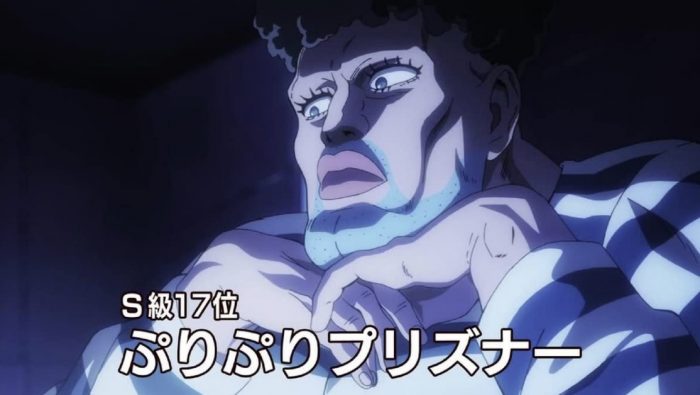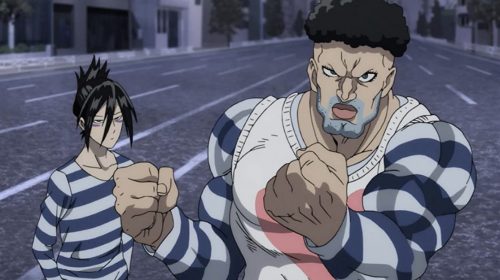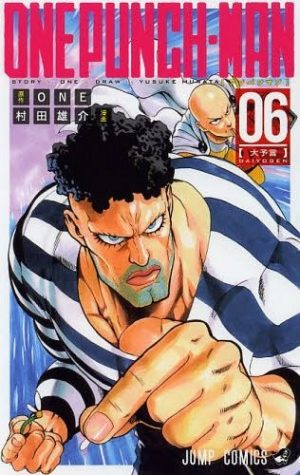
Character archetypes are everywhere in anime—recognizable personas like tsunderes, shounen rivals, sweet childhood friends, and ojii-samas help set a story within a familiar framework that can then be switched up to the writer’s content. But some stock characters really should be thrown out or reworked completely, and that’s because they’re based on harmful stereotypes that can warp viewers’ perceptions of an entire group of people. One of the most prominent stereotypes that bafflingly still exists today is the “okama” character: a not particularly flattering caricature of a flamboyant gay man.
What Is an Okama?
Literally meaning “kettle” or “cauldron”, “okama” is a Japanese slang word for gay men that tends to carry a very negative connotation. These characters are often excessively flamboyant, effeminate, and predatory towards younger men who aren’t at all interested. They’re rarely portrayed as attractive, instead having exaggerated mannish features that their makeup and outrageous clothes fail to hide in the slightest. Sometimes this even extends to the okama “wishing they were a woman” or “wanting to become a woman”, which conflates them with trans women in a way that’s unflattering and inaccurate for both groups.
Examples of okama characters include Mr. 2 Bon Clay from One Piece, Lussuria from Katekyo Hitman Reborn, Fisheye from Sailor Moon, Nico from Tokyo Ghoul, and Puri Puri Prisoner from One Punch Man. There’s even one from this anime season: Capellini from Life Lessons with Uramichi Oniisan, who is called by the slightly less offensive term “onee” (big sister) instead of okama and may or may not be a transgender woman. Regardless of whether these characters are heroic or villainous or what kind of character arc they go through, the fact that their personalities are based on the okama stereotype makes them part of the bigger problem.
Why Is It Offensive?

LGBT people have been trying to clear up misconceptions about themselves since the dawn of time, so okama characters that deliberately misinform the public about what these groups are actually like undermine the difficult work that’s already been done. Same-sex marriage is still illegal in Japan and the LGBT scene is largely underground, so it’s easy for average folks to think that okamas, yaoi boys, and schoolgirl lesbians are the only kinds of queer people who exist. And if the world of anime keeps portraying gay men as predatory creeps who want to be something they’re not, that’s only going to perpetuate that stereotype even further. Anime has done away with other offensive stereotypes like blackface, so why can’t they throw this one out as well?
Final Thoughts
Fortunately, there does seem to be hope in a few current and upcoming anime that feature more realistic gay/gay-coded characters. The Fall 2021 series Muteking the Dancing Hero has a drag queen character named Vivi, who acts like a mother to a group of kids and is genuinely beautiful while still having a somewhat masculine physique. And there’s the JoJo’s Bizarre Adventure franchise, which gives just about everyone campy clothes and makeup regardless of their personality. We hope that more anime go down this path instead of resorting to easy stereotypes that actively make life more difficult for real people in Japan.
What did you think of our overview? Do you agree with our analysis of the okama stereotype? What do you think future anime should do? Let us know in the comments, and thanks so much for reading!
Recommended Post



